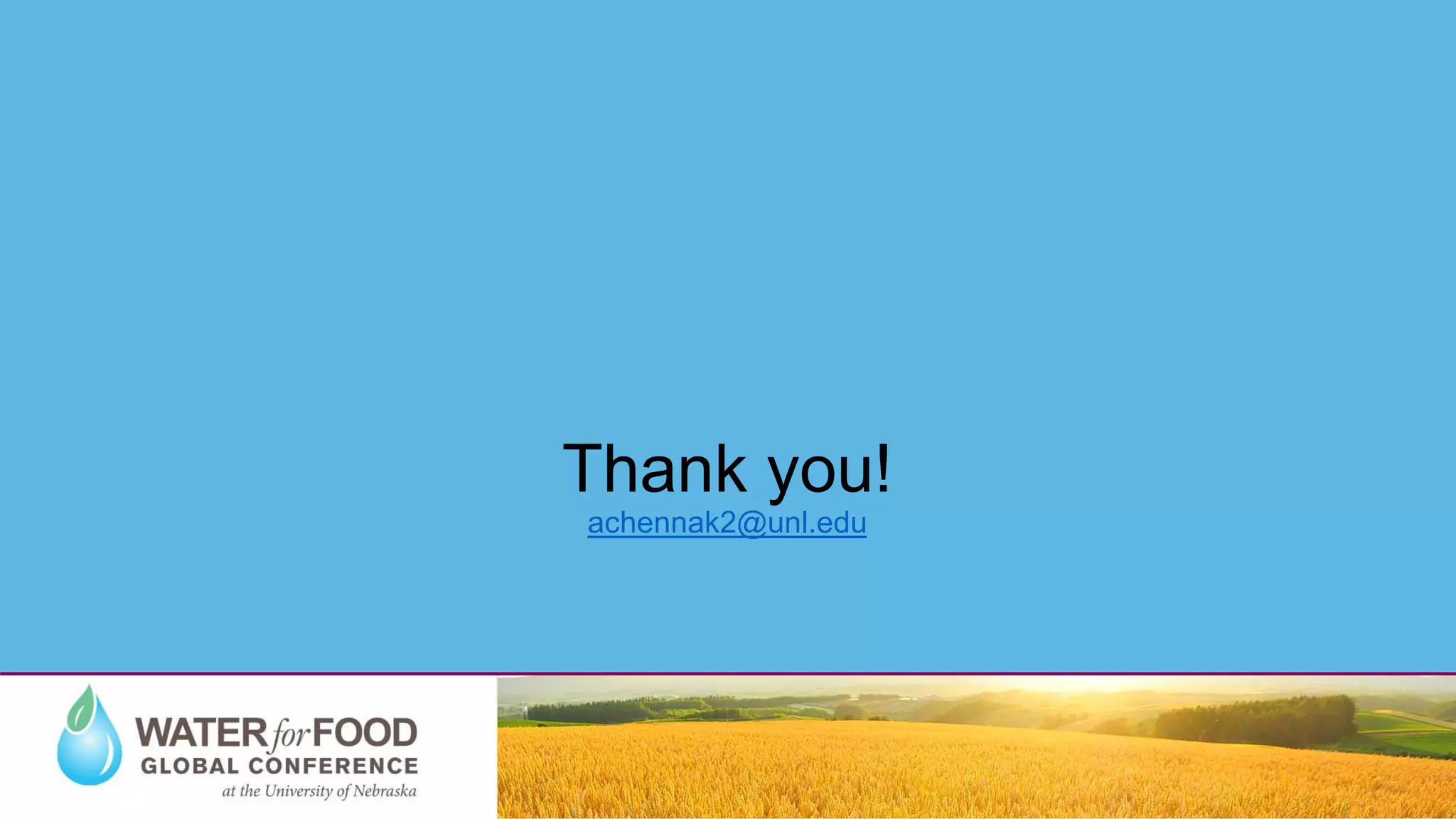The document discusses the urgent need for transitioning from a linear to a circular economy to address environmental and societal challenges, highlighting that only 6% of the global economy currently operates in a circular manner. It presents a framework for analyzing this transition, emphasizing key economic issues such as production costs, market structures, and consumer preferences. The significance of understanding the economics and policy implications of circularity is underscored, as the current food system inefficiencies and rising greenhouse gas emissions necessitate immediate action.












